In October’s Spotlight, we take a look at the contribution of nurses from the West Indies and Commonwealth towards the successful development of the NHS, featuring archive photos from the Wolfson School of Nursing.
Soon after it was created in 1948, the newly created National Health Service was suffering a staffing crisis. Now, over 70 years old, the NHS is one of Britain’s proudest and most popular institutions but the initial huge demand for free health care nearly caused it to collapse. The NHS was 30 percent over budget and in need of a huge boost in staffing numbers.
Ministers flew to the Caribbean and Africa to recruit staff prepared to work long hours for low pay. Around 40,000 nurses and midwives from around the Commonwealth proudly answered an appeal from Britain to work in the NHS.
On June 22 1948, the Empire Windrush landed at the port of Tilbury and many of its passengers were among the first to work in the NHS, which launched just two weeks later on the 5 July.
By 1954 there were more than 3,000 women from the Caribbean training as nurses in British hospitals. Many were still teenagers when they arrived, with dreamy expectations of post war Britain but instead found a grey country where, rather than being welcomed, they were met with suspicion and hostility. Five years on the number of nurses recruited from the West Indies and Commonwealth had doubled. And by 1966 there were 16,745 foreign trainees – nearly three quarters from the West Indies.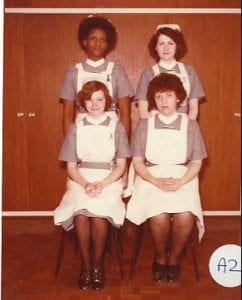
The Westminster Nurses Home and Training School was founded in 1873 and became the Wolfson School of Nursing in 1960 following a significant endowment by the Wolfson Foundation to build a new teaching school on Vincent Square.
The three-year training consisted of a few months in the classroom, followed by a rotation of 6-month placements on a range of wards, across the various hospitals in the Westminster Group. Student nurses trained in ‘sets’ admitted twice a year and remained in a close-knit group throughout training. Uniform was strictly monitored by ward sisters. Matron was feared and discipline was almost military in style. On graduation, nurses received the prized Westminster buckle (showing the portcullis of Westminster) and a ‘frilly’ – a lace-edged netting cap, folded and stitched into a fan shape at the back of the head. A short cape, lined with red wool, was worn to walk between the wards and the nurses’ home between shifts, with a longer navy cloak and felt bonnet worn when travelling on public transport. This uniform remained almost unchanged until the early 1980s.
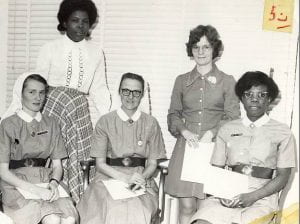
UWL archives holds a number of photos of nursing students who attended the Wolfson School of Nursing during the 1960s.
The 1960s was a great decade for the NHS, with treatment greatly improved by innovations such as the polio vaccine, chemotherapy and the introduction of renal dialysis.
Today’s NHS is made up of staff of over 202 nationalities, making it one of the most ethnically diverse organisations to work for in the UK and the World. BME nurses and midwives have made a huge contribution in the shaping of the NHS over the last seventy years.
https://www.mirror.co.uk/news/uk-news/nhs-would-died-infancy-were-9292784
https://www.cwplus.org.uk/about-us/heritage/westminster-medical-school/
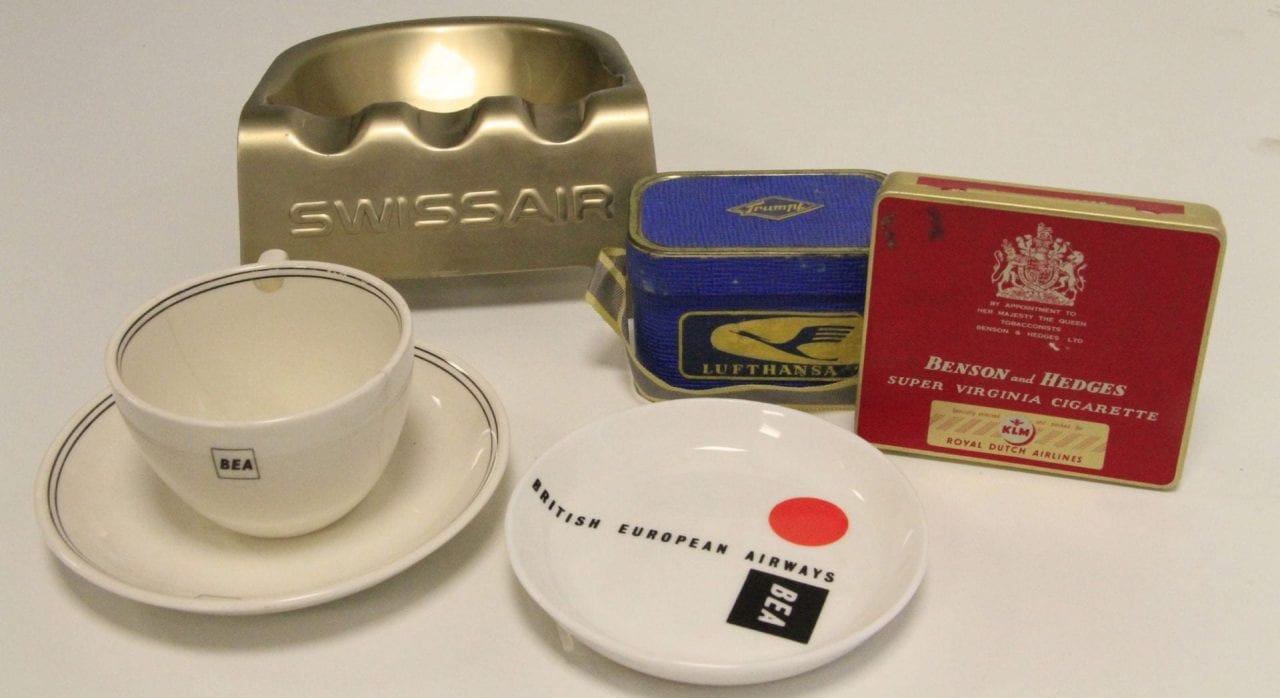
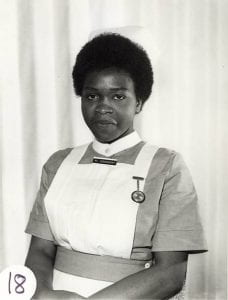

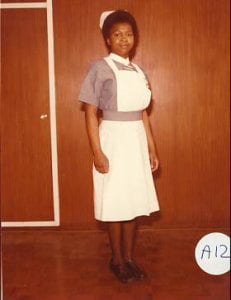
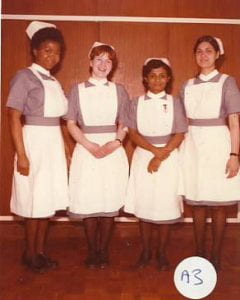
hi there thanks for this information are there any archives of the goverment campaign to recruit nurses from the commonwealth or goverment documents any help would be appreciated
Hello,
I think individual NHS trusts are responsible for their own archive collections such as this example at Barts https://www.bartshealth.nhs.uk/museums-and-archives however I think there may also be a collection relating to the umbrella ‘NHS’ at the National Archives, based in Kew. It may also be helpful to contact the Wellcome Institute archives (see web page on history of NHS: https://wellcomecollection.org/series/WyjG4ycAACrGnmBX). I hope these suggestions are helpful. Please email me direct anne-marie.purcell@uwl.ac.uk for any further enquiries relating to this, I’d be happy to help if I can.